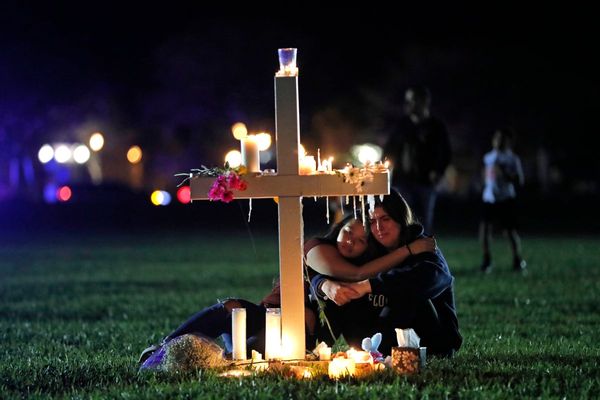THE model for predicting wildfire risk in Scotland is based heavily on Canadian data – and an expert now hopes fresh impetus behind the area of study can lead to improvements in the challenges they pose down the line.
Wildfires have raged across Scotland recently in areas including Galloway, Ullapool and the Isle of Arran, with the Scottish Fire and Rescue Service (SFRS) issuing a “very high risk” alert.
Zak Campbell-Lochrie, lecturer in Fire Science at the University of Edinburgh, explained that there is a gap in academic knowledge of wildfire risks and climate projections in Scotland which presents challenges for predicting fire risks and behaviour.
He said: “Thinking of the way that we characterise and predict wildfire risk throughout the year, what we do currently is use this model that is based upon the Canadian Fire Weather Index.
“We’ve taken that and tweaked it for use here in Scotland, but it was never really developed with our UK context in mind. We can draw upon a lot of existing data in Canada, but they don’t really represent how vegetation behaves in Scotland.
“Right now, we don’t have the understanding or ability to model the risk and behaviour of wildfires in Scotland and the UK to get a better picture of what we can expect in 10 to 20 years.”
There has been widespread media coverage of the wildfires this spring and Campbell-Lochrie said that this has “brought a lot of attention and interest” to his own areas of study.
His research specialises in the combustion and behavioural habits of bio-based substances with interest in the basic physical processes of controlling the spread of flames.
He is optimistic that the awareness around fire risks and the dangers posed by combustion factors will benefit the scientific community as they work towards solutions more specific to Scotland.

He said: “I think hopefully that will help and encourage as we as scientific practitioner communities, fire services and academics all work to try and address these particular challenges from a UK context.”
Wildfires are more common during the spring season. According to the SFRS, nearly 80% of large outdoor blazes since 2010 were recorded between March and May.
Man-made wildfires continue to break out across the country with SFRS putting an extreme warning into place about public conduct. Scots have been advised to behave sensibly during the Easter holidays and to avoid activities such as lighting outdoor fires or barbequing.
The public should also be aware that combustible plantation can act as fuel for wildfires so extreme caution must be taken in areas with grass, trees, and shrubbery.
Campbell-Lochrie said: “In a Scottish context, some of the key vegetation types would be the shrub fuels like heather and gorse. Certainly, in heathland areas mixed in around more urban areas, these can certainly be easily ignitable and they’re quite large shrubs so they can burn quite high in intensity as well.”
He went on: “If climate trends continue as expected, then I think we can be fairly confident that we’ll see increased frequency and severity of wildfires here and across the UK generally. If you go back a few years, wildfires were added to the UK climate risk register, and I think that’s an acknowledgement of the increasing challenges we’re facing as we see these climate effects coming through.”
Campbell-Lochrie stressed that “we are not yet at even a record number of fires compared to historical record”, and that Scotland is “still on quite a different scale than maybe something we saw in LA or South Korea in recent months”.







